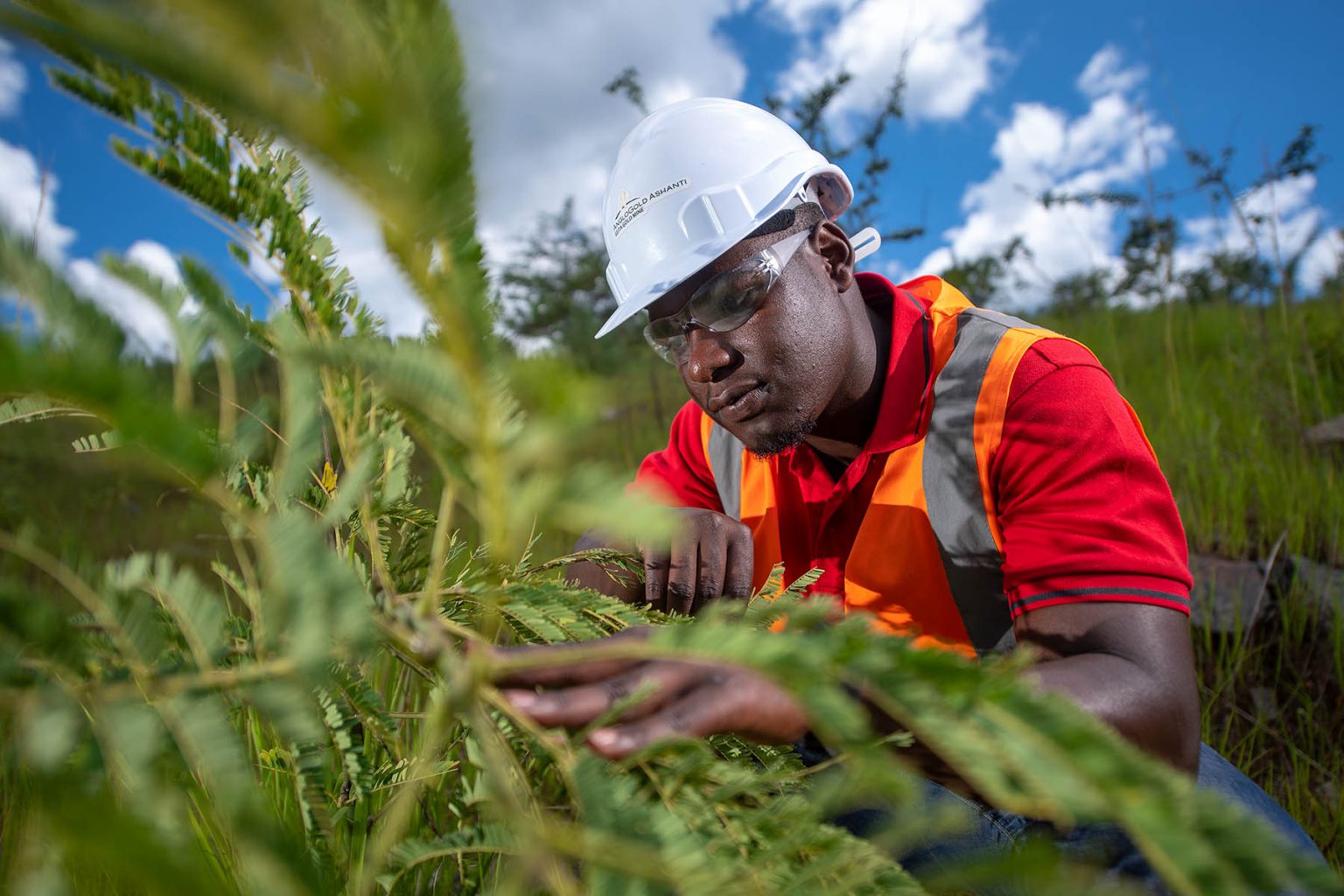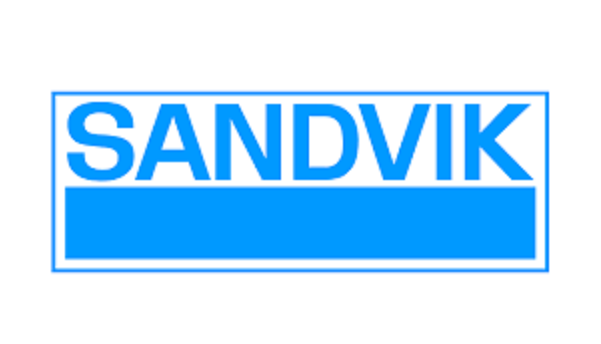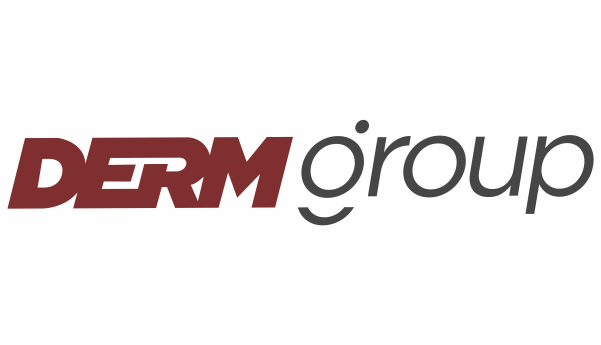
Gold mining in Tanzania goes back to the end of the 19th century, when gold mines were discovered close to Lake Victoria. After several more finds over the course of the 20th century, a culture of gold mining took hold in the country. When the mines were privatized at the end of the 1980s, it opened the door to many of the world’s most highly-regarded mineral mining companies arrived in Tanzania.
These included AngloGold Ashanti, owner of the Geita Gold Mine. Located in the Geita region of Tanzania, the mine is the flagship project of the company. Just days after signing a new drilling contract with the Tanzanian government’s State Mining Corporation (Stamico), Business Excellence had the opportunity to profile the mine, an ESG success story in a country on another African country on a long term upward trajectory.
History and Background
The Geita Gold Mine story goes back to the early 1990s, when an exploration mission led by two government agencies, the Geological Survey of Tanzania and the Tanzania Minerals Audit Agency (TMAA), discovered significant gold deposits in the area. Having sent out an international call to tender for a suitable partner to operate the mine, the government decided on AngloGold Ashanti, which has been present at the mine to this day.
This has been a fruitful relationship for both AngloGold Ashanti and Tanzania. To date, the company’s total contribution to government taxes is close to $2 billion. The mine’s cumulative royalties are over $405 million, and a combination of other taxes paid by the company and its workers has already surpassed a further $1 billion. Under AngloGold Ashanti, the mine’s productivity reached a massive 600 thousand ounces in 2020.
Current Operations and Developments
The Geita Gold Mine is recognized as Africa’s eighth largest goldmine, with a reserve of an estimated 8.23 million ounces. It is an open-pit mine which produces gold through carbon-in-leach processing. The team at Geita Gold Mine uses a mining process which involves a combination of drilling, blasting, loading, and hauling of ore to the processing plant. All of this is powered by a 40MW on-site power plant, constructed in 2018.
Geita Gold Mine has undergone several expansions and upgrades over the years to increase its production capacity, and it is currently undergoing another expansion project to develop a new underground mine. The mine's capacity to produce about 700,000 ounces of gold annually makes it one of the largest gold mines in Tanzania with a price tag of about $500M.
The expansion project, which started in 2020 and is expected to be completed this year 2023 will extend the mine life by up to 10 years as well as involving the use of a modern mining method called sub-level caving, which is a cost-effective and efficient way to extract gold from deep underground.
The expansion program of the Geita Gold Mine, including the development of the new underground mine, is expected to create even more job opportunities for Tanzanians, thereby contributing to the growing wealth in the region. It will also lead to an increase in tax revenue for the Tanzanian government, which can be used to finance critical social and economic development programs.
Socioeconomic Contribution
Mining in general has been one of the drivers of Tanzania’s impressive economic growth. Since AngloGold Ashanti arrived in the country 23 years ago, its GDP has grown from less than $13 billion to over $65 billion. More notably, it has only experienced one year of negative economic growth and was one of the few countries in the world not to experience an economic downturn during Coronavirus.
In addition to employing over 5,000 locals, Geita Gold Mine takes pride in referring to itself as the most compliant employer in the mining sector by the National Social Security Fund with 96% of the total workforce and 60% of executive management being made up of Tanzanians. There is also a qualitative impact, as Geita has implemented internships and other graduate programs which contribute towards skills development through work experience.
According to Terry Strong, the managing director of GGML, the mine has implemented internships and other graduate programs for several years to contribute towards skills development by providing opportunities to gain work experience. The internship program complements the studies and provides the graduates with experience that could help them gain access to the labor market. The hands-on training takes place at the Geita mine, with the aim of enhancing the graduates’ employability in Tanzania.
Elsewhere, in 2021, Geita conducted business with over 600 local businesses, with 86% of its procurement being Tanzania-based. According to acting Manager Director, Elder Damon: “we offer tends to service providers worth more than $270 million per annum.“ Unsurprisingly, Geita also ranked second across the entire country for its support of local businesses.
The company was also the first to sign up for the government’s 2010 CSR directive for mining firms. It has already contributed significant funds to projects such as the construction of local schools, health clinics, water supply systems, a Paddy storage facility, A Sunflower Oil Mill at Kasota village, and the Geita Town market frames.
In a recent visit to the GGML site, Dr. Biteko, the Minister of Mining, stated that “the company that does well in CSR in the minerals industry is GGM. They have done a good job.” He further emphasized the need for mining companies to contribute to the development of the communities surrounding them, especially in the construction of hospitals, schools, and medical facilities so that the communities get better services.
The Geita Gold Mine's commitment to responsible mining practices, community development, and sustainable development is commendable, and it serves as an example for other mining companies to follow. As the Geita Gold Mine continues to expand and develop, it is expected to contribute even more to Tanzania's economic growth and the sustainable development of the mining industry in Tanzania.
Partners and Suppliers
One of the reasons why Geita Gold Mine has been so successful is due to the quality of its suppliers. The mine works with a wide range of suppliers, from local businesses to international corporations, to ensure that it has access to the best possible materials and equipment.
Geita’s most important partner, as evidenced by the March 2023 agreement with Stamico, has been the Tanzanian government. However, there are a number of other players in the private sector that it calls on to continue delivering on its mandate. The only notable foreign name on this list is Wärtsilä, the renowned Finnish company that produces high-quality heavy equipment that AngloGold Ashanti uses across its mining assets.
Elsewhere, as one might expect from a company where nearly 90% of procurement is local, the partners and suppliers have a very Tanzanian flavour. We start with Perenti Global unit African Underground Mining Services (AUMS) has received a contract to continue providing operations at the mine. Other examples include Freight Forwarders Tanzania Ltd, which has overseen Geita’s imports and exports since the mine began. Then there are Capital Limited which has been working with Geita since 2006 and has recently been awarded contracts at Geita for surface drilling and underground grade control and exploration, Derm Group T ltd, SGS Tanzania whom has also operated its laboratory at Geita Gold since 2006 as well and Sandvik Mining and Construction. Other suppliers include Orica Tanzania Ltd, AEL Tanzania assists with controlled mine explosives when required, Nesch Mintech Tanzania, which provide drilling and mining solutions as well as Blue Coast Investment Limited whom provides transport service, and Geofields Tanzania which supplies mining support services.
To date, GGML has recruited more than 2,249 employees, empowered women in mining, and engaged more than 4,152 contractors, 97% of whom are Tanzanians
Environmental Stewardship
Geita Gold Mine has a strong commitment to environmental stewardship, recognizing the importance of preserving the natural environment and minimizing the impact of mining operations. The company implements a range of measures to ensure environmental sustainability, including water management and conservation, biodiversity conservation, and reclamation and rehabilitation of land after mining activities have ceased.
Water management and conservation is a top priority for Geita Gold Mine, given the importance of water resources in the region. The company implements a range of measures to minimize water use and promote water conservation, including the recycling of water in the processing plant, the use of high-efficiency water pumps, and the implementation of water conservation programs for the local community.
The company is also committed to biodiversity conservation, recognizing the importance of protecting the unique flora and fauna of the region. To this end, the company has implemented a biodiversity management program, which includes the identification and mapping of biodiversity hotspots, the protection of endangered species, and the rehabilitation of degraded ecosystems.
Finally, Geita Gold Mine is committed to the reclamation and rehabilitation of land after mining activities have ceased. The company recognizes that mining can have a significant impact on land and the environment, and is committed to restoring land to its pre-mining condition wherever possible. The company implements a range of measures to promote land rehabilitation, including the restoration of soil fertility, the planting of native species, and the creation of artificial wetlands.
Conclusion
The Geita Gold Mine is a shining example of responsible mining practices and sustainable development in Tanzania. The company has made significant contributions to the Tanzanian economy, creating jobs, generating tax revenue, and supporting local businesses and communities. The company is committed to environmental stewardship, implementing measures to promote water management and conservation, biodiversity conservation, and land reclamation and rehabilitation. The company's commitment to responsible mining practices, community development, and sustainable development is commendable, and serves as an example for other mining companies operating in Tanzania and beyond.



 GGML Feature - PDF BE Magazines- Mining Edition_0.pdf
GGML Feature - PDF BE Magazines- Mining Edition_0.pdf












